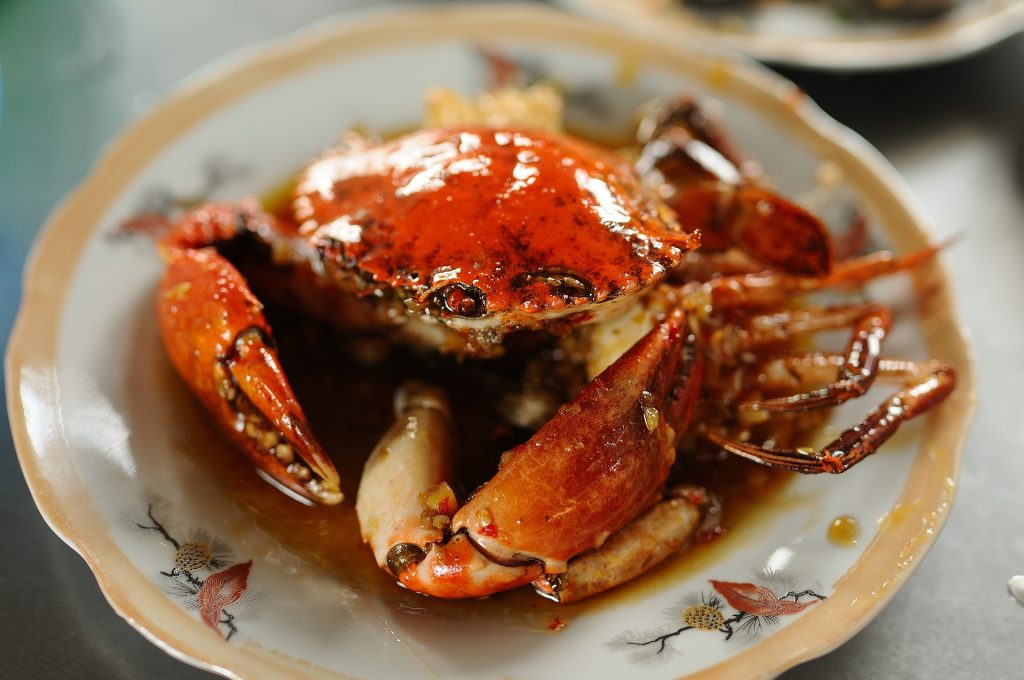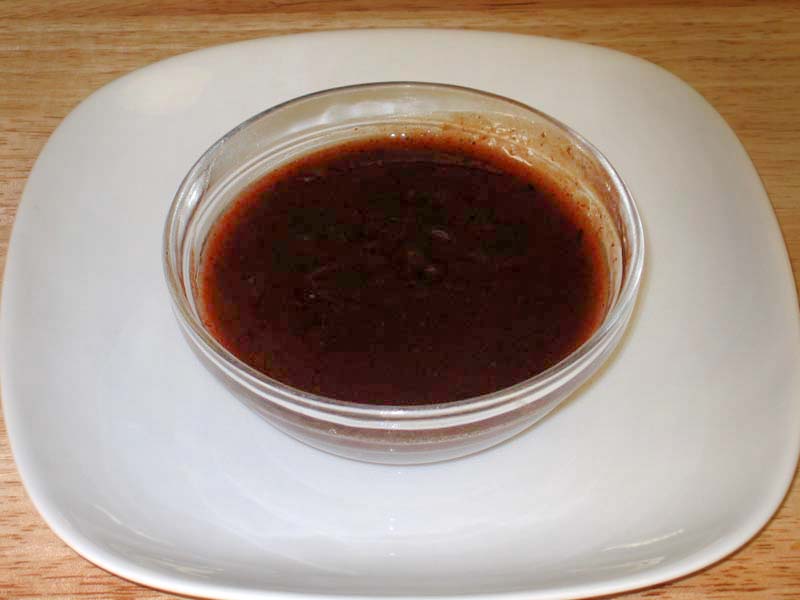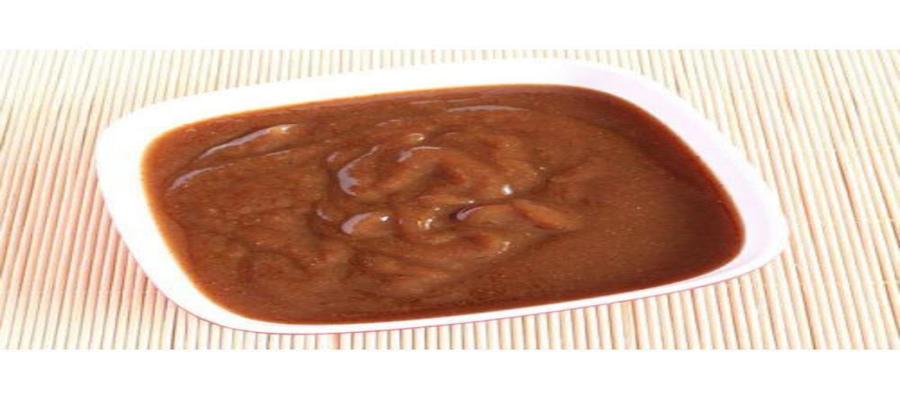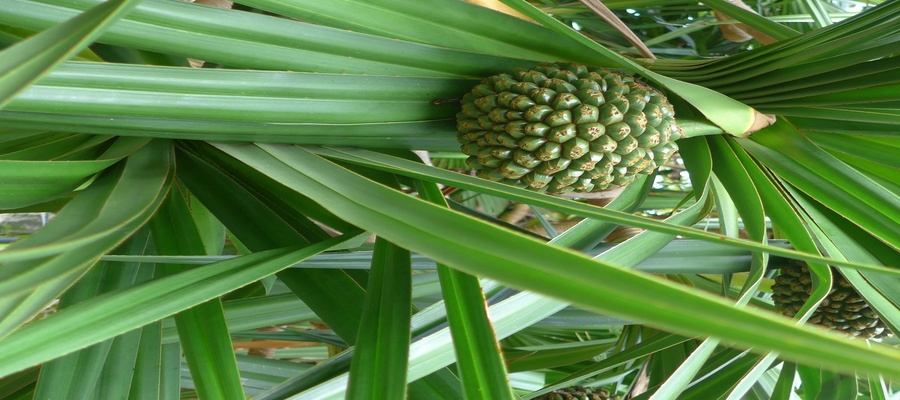Latin cooking is unique; the Caribbean and Mexican people are usually interested in highlighting the sugary side of tamarind. This is why they use the tamarind in candies sweet drinks and desserts. The Asians, however, love the sour notes that tamarind sauce brings to the table.

image source: Pixabay.com
However, this article is not about Asian recipes and their love for tamarind, fiery stir-fry sauces, and savory dishes. It is all about a Caribbean recipe that makes use of fresh mango and pineapple for a fruity balance.
The type of Tamarind You Need
To make this work, you need to make sure that you purchase only fresh tamarind pods. Then, use them to make “tamarind water.” If that would be too much trouble for you, you can visit Latin or Asian markets for prepared juice in cans. The international sections of some supermarkets also display tamarind water. You can also buy tamarind pulp which comes in compressed blocks and ready to be mixed with water.
The Pulp of the Tamarind
You should have this firsthand warning: the pulp of the tamarind fruit is very sticky. This is the primary reason why you should soak it in water for a few hours. Then you can press the pulp through a fine sieve to create a mush. The pressed tamarind pulp ends up getting combined with the soaking liquid to create the juice you need.
What to Do If You Want to Make Your Own Juice
If you decide, however, to make your own juice using the fresh tamarind fruit, start by cracking open the pods. You can do this using your bare fingers as the pods are not all that hard to break. Pull out the pulp and take out the stringy fibers that usually run the length of the fruit. Then, squeeze out the hard seeds inside. Soak ½ of tamarind pulp in 1½ cups of water for at least 2 hours. You can then press the pulp through a fine sieve into a bowl. Add in most of the soaking liquid and stir for consistency. The harmonious uniformity of the mixture should be somewhat thinner than canned tomato sauce.

image source: Wikipedia
Ingredients
For the Tamarind Sauce
- 4 tablespoons light brown sugar
- 3 tablespoons reserved pineapple juice
- ½ cup tamarind juice
- 2 thinly sliced green onions
- 1 finely chopped clove of garlic
- Freshly ground black pepper
- 3 tablespoons soy sauce
- 1 finely chopped cayenne chile
For the Chicken:
- 1 3½-pound whole chicken with entire skin removed. It must be cut into 8 serving pieces
- 8 oz pineapple chunks
- Sea salt
- Fresh mango slices
- ½ cup of chicken broth
- Juice obtained from half a lime
- 1 small, vertically sliced onion
- ½ tablespoon ground coriander
- 3 tablespoon coarsely chopped cilantro leaves
- Freshly ground black pepper
Preparation
Tamarind Sauce Preparation
Set aside the freshly ground black pepper, and combine the other ingredients in a saucepan. Place the saucepan on a stove and bring the mixture to a light boil. Reduce the heat to a low output, cover the saucepan, and allow the mixture to simmer for at least 5 minutes. Then, remove the pan from the heat source and season the tamarind sauce with freshly ground pepper.
Chicken Preparation
- Heat the oven beforehand, up to 350 degrees. Get hold of a baking dish and line the inside with aluminum foil
- Place the pieces of chicken in a single layer inside the dish. Then squeeze out the lime juice on top of them. Sprinkle the chicken with coriander, pepper, and salt
- Distribute the onion strips and pineapple chunks loosely on top and around the chicken. Then, pour out the chicken broth around the edges
- Cover everything with foil and bake them all for at least 30 minutes.
- Turn the chicken pieces over, cover them once again, and bake for an additional 20 minutes
- Turn the chicken back and then baste with tamarind sauce. Baste once more before taking out the chicken from the saucepan.
Conclusion
The tamarind sauce gives any dish a distinct, exotic taste that is almost unrivaled. You can try other recipes along with the fruit to see what you can come up with.


